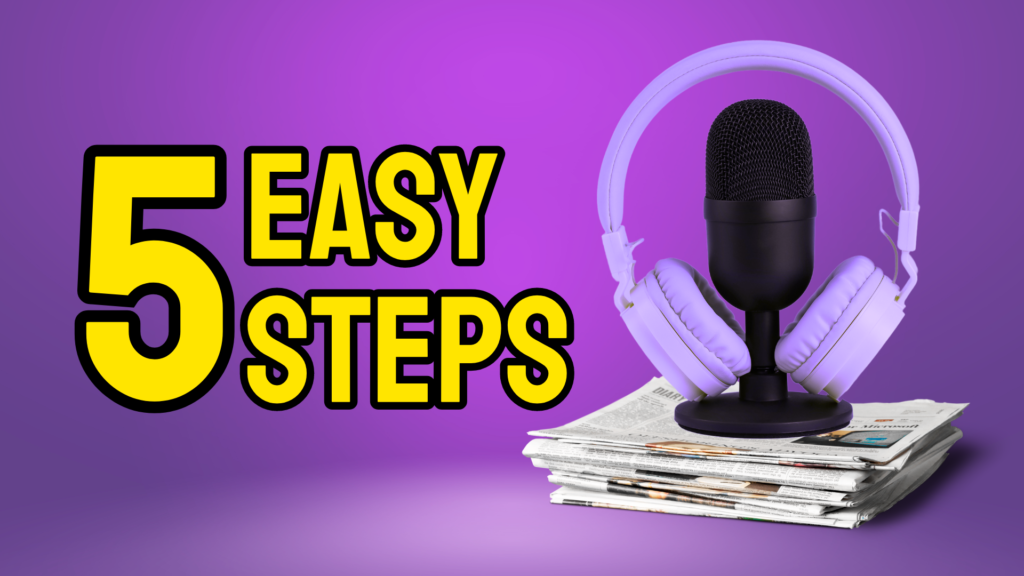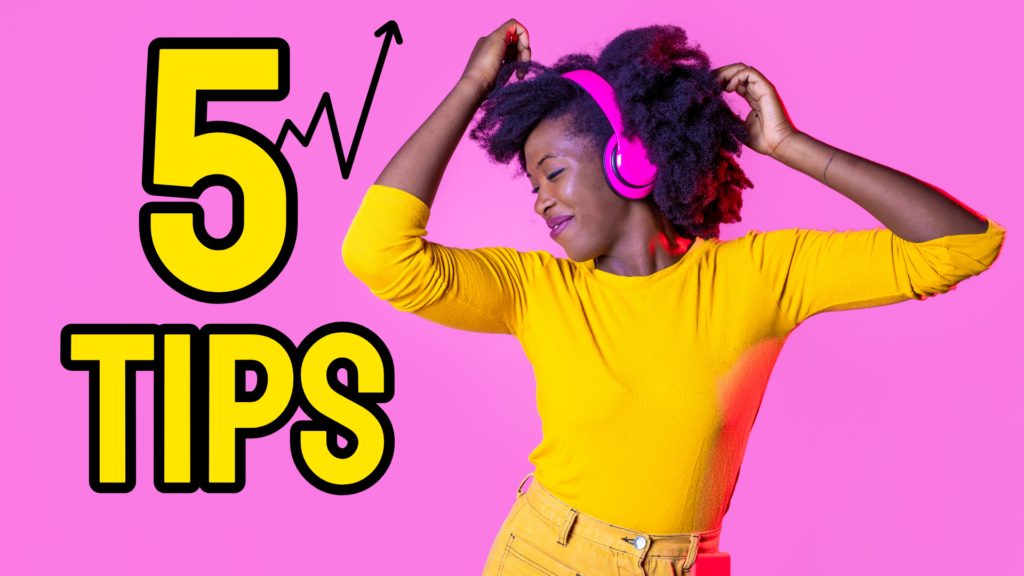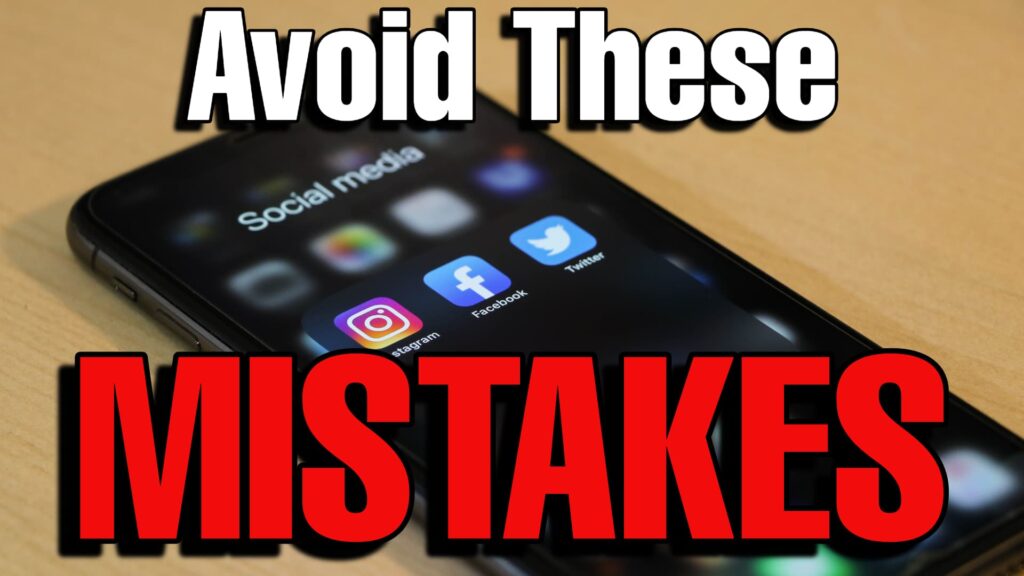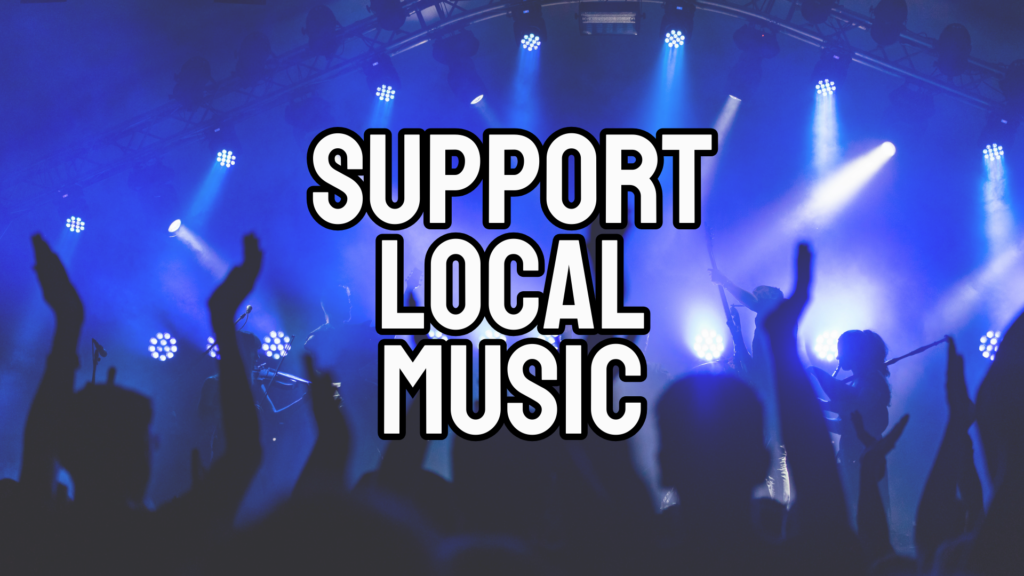by Therese “Tiki Tee” Sheridan
June 17, 2023
Performing live as a music artist is an experience unlike any other. Not only is it an opportunity to share your music with the world, but it’s an effective way to grow your fanbase, build relationships and even make money in the process. If you’re serious about your music career… like really serious… it’s not enough to simply book a show and show up. If you’re passionate about what you do and you want to stand out from other artists then you’ve come to the right place. Here are five ways you can enhance your live performances:
1.) Do Your Research
Before even booking a show to perform in, it is important to research the who, what, when and where.
Who:
Who will you be performing with? Do the other acts in this show have the same sound to you? If not, this show may not be the right fit. A fan attending a show for 21 Savage most likely will not want to listen to an act like Taylor Swift. This is an extreme example, but you want to perform with similar artists to you in terms of genre. This can help you organically grow your fanbase more effectively.
It is also important to know who you are performing with in order to network. Check out the other artists’ music and social media before the show. Not only will this help you build a meaningful connection with them, but it shows both music professionals and audiences that you are both knowledgeable and involved in the music community.
What:
What will you be performing? It may seem obvious, but you need to know what songs you will have in your set list. It may be hard to choose, but ask yourself: Which is your most popular song? Which song represents you and your talents the best? Which song do you feel the most confident performing? Answering these questions should help you narrow down your list. It is also important to be mindful of your set time. Take advantage of your given time, but DO NOT go over it. Not only is going over your allotted time disrespectful to other artists and their fans, but it is highly unprofessional.
When:
When will your performances be? Again, this may seem obvious, but the dates and times of your performances should be strategic. If you want a strong turnout, you need to be sure that the dates and times of your performances are convenient for your audience. While you may have easily booked a gig at the local bar midday on a Tuesday, who will be there? Odds are, your current and potential fans will be at school or at work. Instead, aim for performances that take place at night or on the weekend.
Where:
Where will your performances be? Take note of the name of the venue you’re performing at, and the town it’s in. Not only do you need this information for promotion, but you need it to prepare. Is the performance space indoors or outdoors? Is it a smaller venue or a larger one? Is there easy access from the stage to the audience? By looking at the venue’s social media and/or website, you can better prepare what to wear, what to perform and how you will perform.
The location of your performances should also be strategic. Are you performing in a town or city that’s easily accessible to your audience? Is it a place they are comfortable visiting? Is it the kind of place your target audience frequents? Always be sure to keep your current and potential fans in mind.
2.) Arrange Your Songs
Yes, we did discuss the importance of choosing which songs you should have in your set list, but that’s only the first step. If you want to take your performance to the next level, put the performance tracks of each song into one track. A performance track is the instrumental of your song with your background vocals. By putting your performance tracks into one track, you will reduce your chances of having technical errors and awkward pauses, making your performances smoother and more professional. Again, remain mindful of your set time and adjust accordingly.
Additionally, you should pay attention to the order of the songs within your set list. If you find that you’re regularly losing your crowds’ attention on a particular song, try taking the song out and replacing it with a new one. It may take some trial and error, but by remaining open minded and allowing your audiences to guide your decisions, you will learn how to develop the ideal set list.
3.) Prepare What To Say
Performances are more than just your music. You could just walk on stage, run through your songs and walk off, but you’ll be forgotten. You could also walk on stage, wing some dialogue with your songs and walk off, but you may say something you’ll regret (and trust us, it’s obvious you didn’t prepare). This is where your prior research comes in. For example, you could greet your crowd by mentioning the town you’re in or you could explain the meaning behind one of your songs. You don’t necessarily have to follow a script word for word. In fact, you shouldn’t as this can come off as robotic and disingenuous. Instead, have a set idea of what you’re going to say and when, but make it unique to that specific performance and to that particular audience. Once you have prepared what to say, be sure it fits within your performance track to avoid talking too much or talking too little.
Bonus Tip: Thank both your audience and the venue at the end of your performance. Be sure to also shout out all of the artists who performed before you and the artists who are performing after you.
4.) Engage Your Audience
Energy is contagious. Your audience may not remember the lyrics to your songs or what you said while you were on stage, but they will remember how you made them feel. Even if your songs are hits and your dialogue is perfect, if you’re not controlling the room at the time of your performance, you’re not engaging your audience enough. Make eye contact, perform within the audience, encourage the audience to repeat lyrics back to you or incorporate visual elements such as dance, lights or props. There are a number of different ways you can engage your audience. How you do it depends on your genre and the emotion you’re trying to evoke with each song. What was the best performance you’ve ever seen? What made it so memorable and meaningful for you? Find ways to give your audience that same feeling.
Engagement isn’t exclusive to your set time. As a music artist you should always be engaging whether that’s on or off the stage. Both prior to and after your performance, hype up other artists by being an active audience member, make genuine conversation with audience members and express appreciation towards those working at the event/in the venue. After your performance, be sure to also share your social media information to build a connection and encourage future online engagement.
Bonus Tip: It doesn’t matter how small your audience is. Always give every performance your 100%.
5.) Practice, Practice, Practice
You’ve done your research, you’ve arranged your songs, you’ve prepared what to say and you’ve planned ways to engage your audience. It’s a solid plan, but you’re not finished yet. What truly sets seasoned artists apart from amateurs is practice. While you may not be able to rehearse on location, there are ways to ensure your performance is the best it can possibly be.
Starting off, you can practice your set in your room. It may sound like the scene out of a cheesy, coming-of-age film, but don’t underestimate the power of singing to yourself in the mirror. Especially starting off, performing your entire set while looking in the mirror allows you to see which ways you should stand, what expressions you should make, how you should hold the microphone and how you should move.
Another good trick is to record yourself. This allows you the freedom to use your chosen rehearsal space without being confined to your small reflection. After recording yourself, watch the video back, take notes on what you liked and what needs improvement and implement your changes. Recording yourself is also a great way to see how you’ve improved over time.
Perhaps the best way to practice is in front of an audience. Whether it’s your family, friends or even a small group of strangers, practicing your set in front of people allows you to receive feedback in real time. Use this as an opportunity to test your ways of engagement. How is your audience reacting? Do they seem bored? Are they responding to what you’re doing and saying? If what you’re doing and saying isn’t giving you your desired response, try to think of a quick way to bounce back. After you’ve finished, request verbal feedback by asking questions such as, “What is one way I could have improved this performance” or “What is one thing you’d change?” Take note of both their responses and their reactions.
Bonus Tip: Don’t practice until you get it right, practice until you can’t get it wrong.






